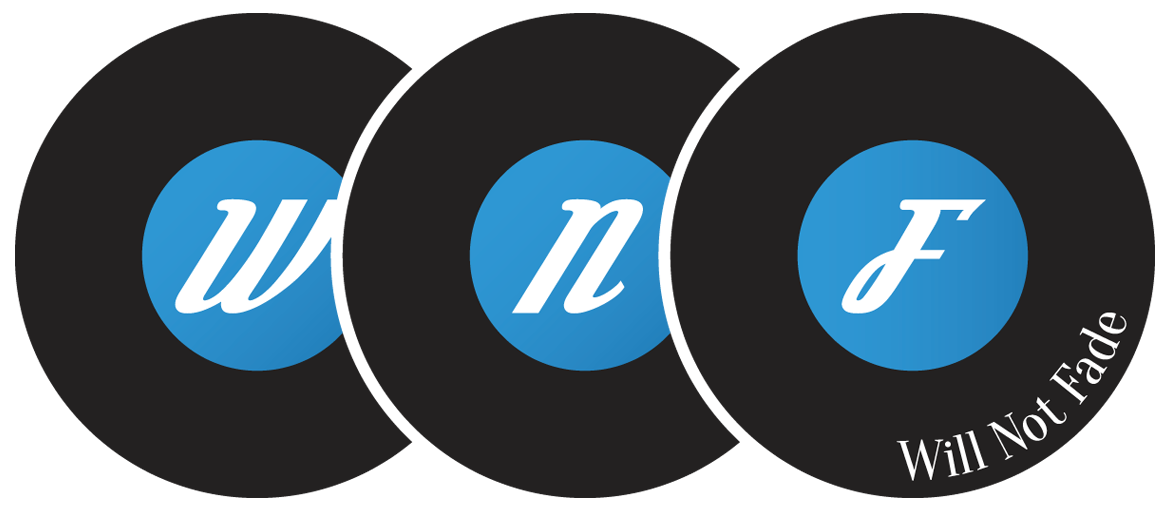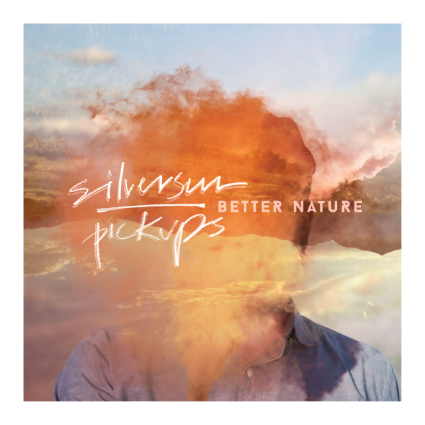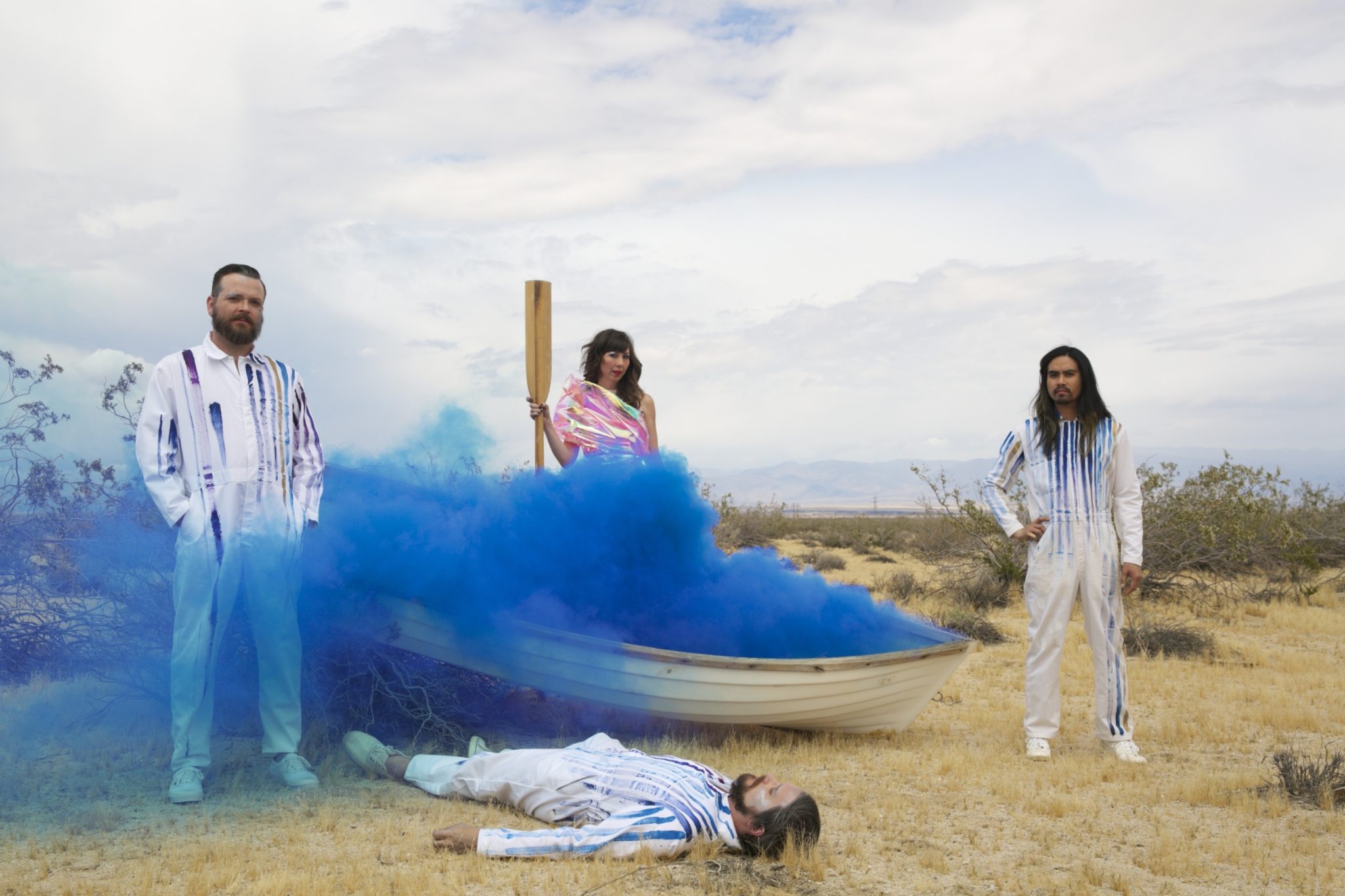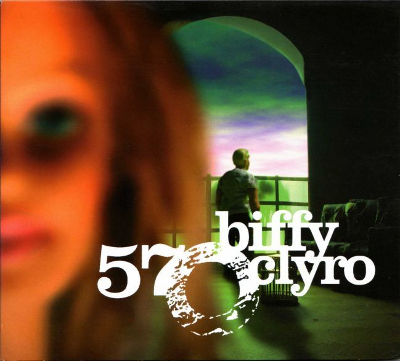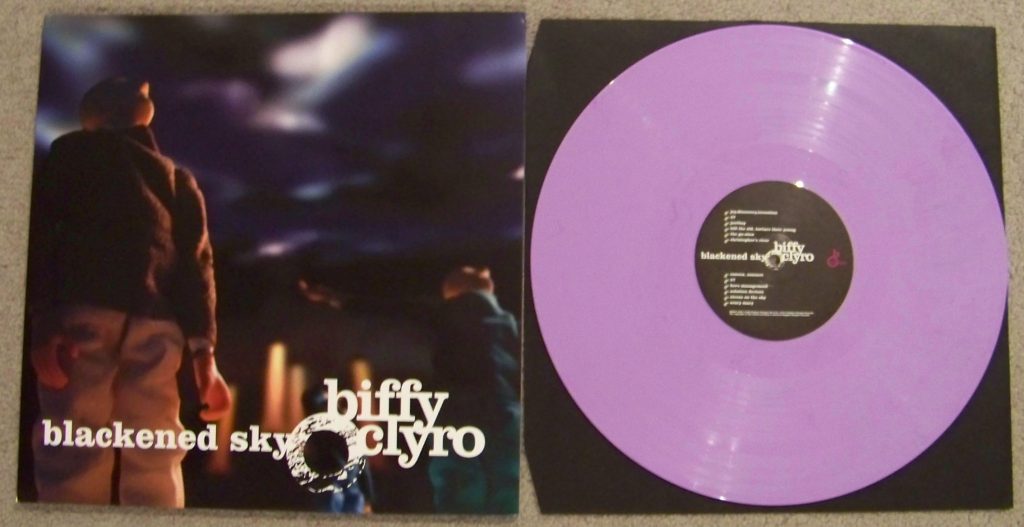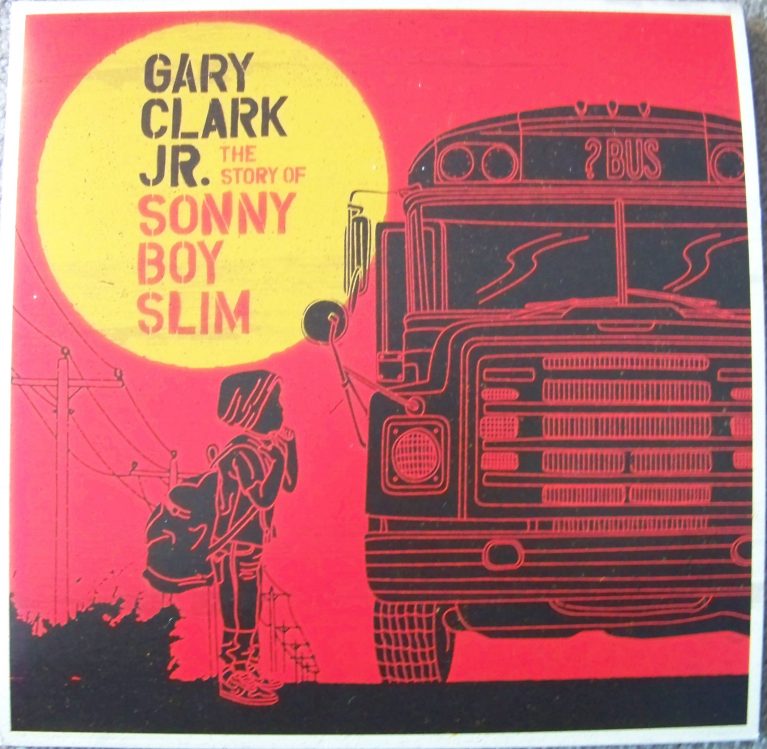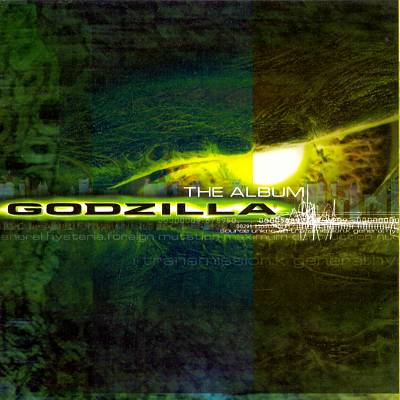Ash Grunwald
Meow, Wellington
Saturday 28 December 2015
Blues rocker Ash Grunwald started the night off with a trifecta of songs about surfing. All three were ridiculously funny, especially “Dolphin Song” – based on a true story of a pod of dolphins rescuing him from a shark. The song ended with Grunwald making absurd squeaky dolphin noises into the microphone over the top of his guitar solo which lightened up the mood of the venue.
The first song had been relatively calm, reflecting the dinner table environment that Meow had put on. But a few songs in Grunwald couldn’t help but let loose with some roaring blues numbers. Out came the resonator guitar and the slide, and there was little holding back from then on.

It was a joy to watch him wailing and stomping and letting rip on the guitar. The tunes were infectious and before long most of the people in the bar were on their feet and moving. Grunwald’s didn’t take himself too seriously, cracking jokes and making silly impersonations in the middle of songs. He was clearly having fun on stage, and projected his humour onto his audience.
I expected a small setup from a man playing a solo show, but in reality it looked like he was piloting the Starship Enterprise. Grunwald was perched atop a red stool, with an impressively large array of effects pedal to his left, two microphones in front of him, and something called a foot drum at his feet. This foot drum was ingenious. It somehow housed cymbals, a snare, egg shakers, a tambourine and a bass drum – all playable through the use of pedals. It offered more dynamics than a standard stompbox and really enhanced the overall sound. The two different microphones also helped to mix up the sound, with one having plenty of reverb and effects going through it.
Grunwald played a range of songs from his repertoire, old and new. There was no prepared setlist, he just picked songs which suited the mood. He took requests from the audience, and also played a variety of covers drawing from blues legends such as Jimi Hendrix, Son House and Howling Wolf, as well as Van Morrison and Gnarls Barkley.
Two highlights included acapella covers of “Grinnin In Your Face” and “John the Revelator”. Grunwald ditched his guitar and bellowed the songs with his powerful voice, clapping to keep the beat. For the latter song he ventured into the audience and encouraged everyone to clap and wail along.
It was a fun time. Grunwald was at home on the stage, fueled by espresso martinis and improvising as he went. He announced his last song after having played for an hour and a half, only to have to extend his set at the request of his audience – not that he seemed to mind. Some audience members thought highly enough to each tip him $20 for his performance, despite his protests that they should at least take a CD in exchange for their money. And is there a better indicator of great show than people insistent on paying more than the price of admission to attend?
Joseph James
You can also read my interview with Ash Grunwald from a few weeks ago here.
